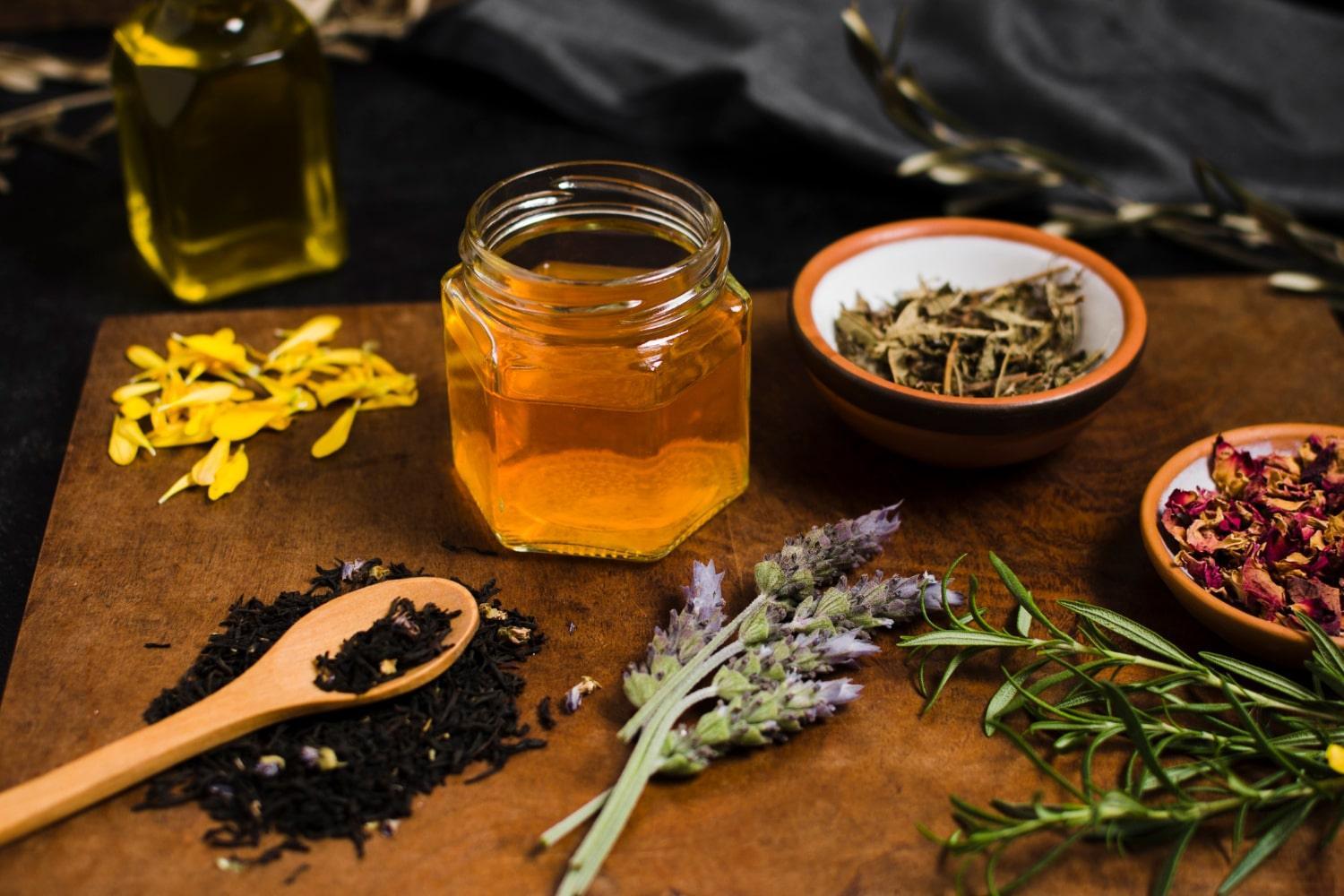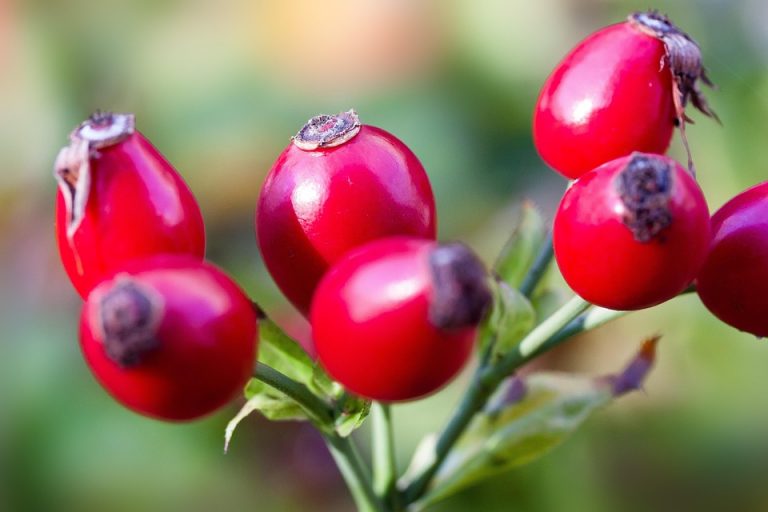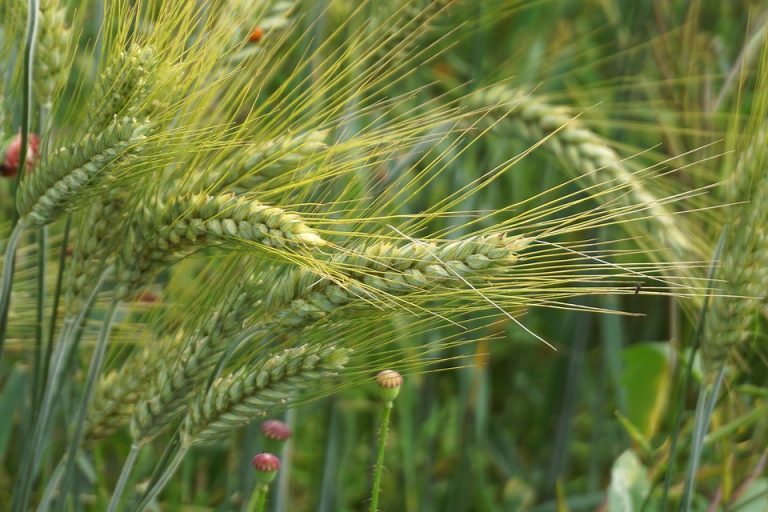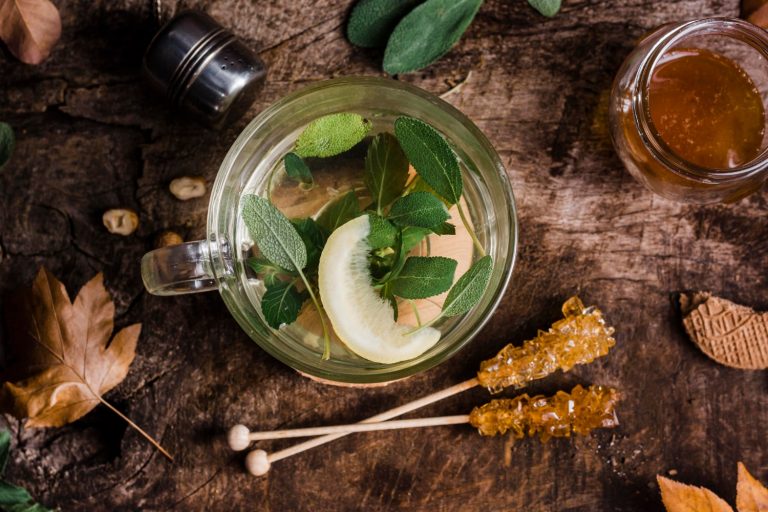Regaining bladder control today is not just a dream—it’s within your reach. If you’re one of the many people feeling the frustration of unexpected leaks or urges, know that you’re not alone. Bladder control issues can affect your confidence and daily life, but the good news is there are natural, effective ways to address this.
Contents
- What Causes Bladder Control Issues?
- Why Regaining Bladder Control Matters
- 1. Kegel Exercises: Your Secret Weapon
- 2. Mindful Fluid Management
- 3. Dietary Changes for a Happy Bladder
- 4. Pelvic Floor Physical Therapy
- 5. Maintain a Healthy Weight
- 6. Mindfulness and Relaxation Techniques
- 7. Consult a Healthcare Professional
- Bottom Line
What Causes Bladder Control Issues?
Bladder control problems can stem from various causes, including:
- Aging: As we age, our muscles may weaken.
- Pregnancy and childbirth: These can stretch and weaken pelvic muscles.
- Obesity: Extra weight can put pressure on your bladder.
- Menopause: Hormonal changes can affect bladder function.
- Chronic conditions: Issues like diabetes or neurological diseases can impact control.
Understanding these root causes can help you take the right steps toward improvement.
Why Regaining Bladder Control Matters
Imagine being able to go out without fear of leaks. Regaining bladder control isn’t just about physical health; it’s about reclaiming your freedom and confidence. Whether it’s enjoying a night out with friends, playing with your kids, or simply feeling comfortable in your own skin, the benefits are immeasurable.
1. Kegel Exercises: Your Secret Weapon
Kegel exercises might sound familiar, and for good reason. These simple pelvic floor exercises are incredibly effective for strengthening the muscles that support your bladder. Here’s how to do them:
- Identify the right muscles: Imagine you’re trying to stop urinating mid-flow. Those are the muscles you want to engage.
- Practice: Tighten these muscles for five seconds, then relax for five seconds. Aim for 10 to 15 repetitions, three times a day.
By incorporating Kegels into your routine, you’ll likely notice improvements in just a few weeks.
2. Mindful Fluid Management
What you drink and how much can significantly impact your bladder control. Here’s how to practice mindful fluid management:
- Stay hydrated: Drink enough water, but avoid excessive intake before outings.
- Limit irritants: Cut back on caffeine, alcohol, and spicy foods, which can irritate your bladder.
- Track your intake: Keep a diary of what you drink and any leaks you experience. This can help you identify patterns.
Finding the right balance can make a world of difference.
3. Dietary Changes for a Happy Bladder
Your diet plays a crucial role in bladder health. Here are some foods to embrace and avoid:
Foods to Embrace:
- Fruits and Vegetables: They are hydrating and high in fiber, helping to prevent constipation.
- Whole Grains: Brown rice and whole wheat bread can support overall health.
- Lean Proteins: Chicken, fish, and legumes can help maintain a healthy weight.
Foods to Avoid:
- Citrus Fruits: They may irritate the bladder.
- Artificial Sweeteners: These can exacerbate symptoms.
- Carbonated Drinks: Bubbles can cause bladder irritation.
Making these dietary adjustments can lead to noticeable improvements.
4. Pelvic Floor Physical Therapy
Sometimes, you might need a little extra help. Pelvic floor physical therapy can provide personalized strategies to regain control. A trained therapist can teach you:
- Targeted exercises: Beyond Kegels, they can introduce new techniques.
- Biofeedback: This technique helps you learn how to engage and relax your pelvic muscles effectively.
Finding a qualified therapist can be a game changer.
5. Maintain a Healthy Weight
Carrying excess weight can put pressure on your bladder and pelvic floor. To achieve or maintain a healthy weight:
- Incorporate exercise: Aim for at least 150 minutes of moderate aerobic activity each week.
- Eat balanced meals: Focus on whole foods and portion control.
- Stay active: Even small changes, like taking the stairs or walking more, can help.
Every little bit counts. As you shed those extra pounds, you may find relief from bladder pressure.
6. Mindfulness and Relaxation Techniques
Stress can tighten your pelvic muscles and worsen bladder issues. Incorporating relaxation techniques can help:
- Deep Breathing: Take a few moments to breathe deeply, focusing on relaxing your belly and pelvic area.
- Meditation: Spend a few minutes each day in meditation to help reduce stress levels.
- Yoga: Gentle yoga can help strengthen your core and pelvic muscles while promoting relaxation.
Creating a calming routine can improve your overall well-being and bladder control.
7. Consult a Healthcare Professional
If you’re struggling despite your best efforts, it may be time to consult a healthcare professional. Specialists can provide tailored advice and explore other options like medications or procedures if necessary.
Remember, you’re not alone, and seeking help is a sign of strength.
Bottom Line
Regaining bladder control today is possible with these seven natural methods. From Kegel exercises to mindful fluid management, taking charge of your health can lead to a more confident and fulfilling life. Don’t shy away from seeking help—embrace the journey.
Take one step today, and remember: you deserve to feel in control of your body.
FAQs
Q: How long will it take to see improvements?
A: Many people notice changes within a few weeks of consistent practice.
Q: Are Kegel exercises safe for everyone?
A: Generally, yes, but if you have certain medical conditions, consult a healthcare provider.
Q: Can diet really make a difference?
A: Absolutely! Certain foods can irritate your bladder while others promote health.
Embrace these strategies and take charge of your bladder health starting today!








